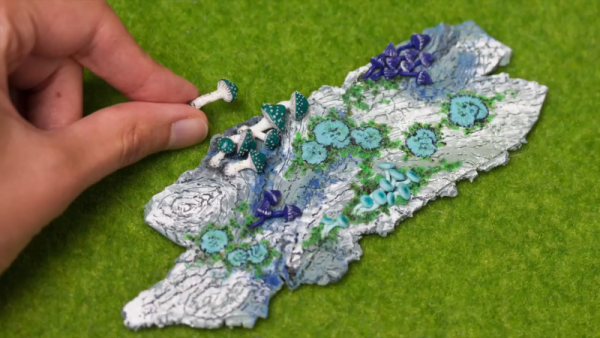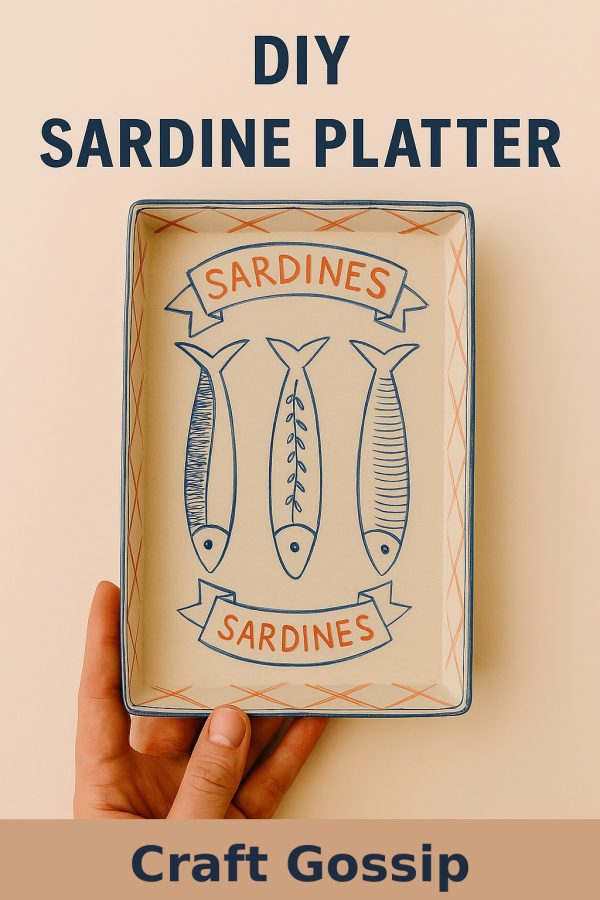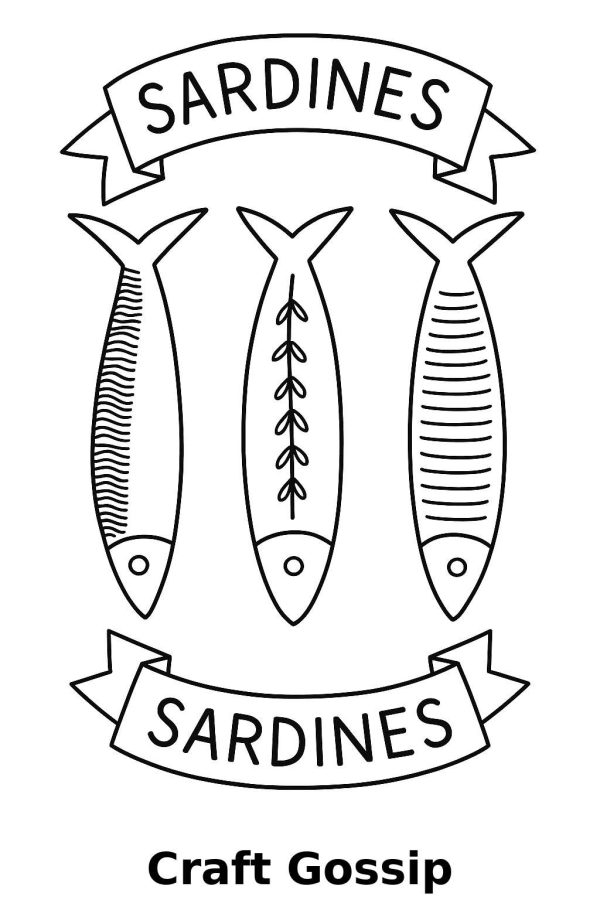
Stephanie or Petit Plat is a talented miniature maker, working primarily with polymer clay. On top of having lovely work for sale on Etsy she has a busy YouTube channel with all sorts of great videos including this fun one for making tiny woodland toadstools.


Wonderful ! Thank you. I am a beginner and could use all the help available .